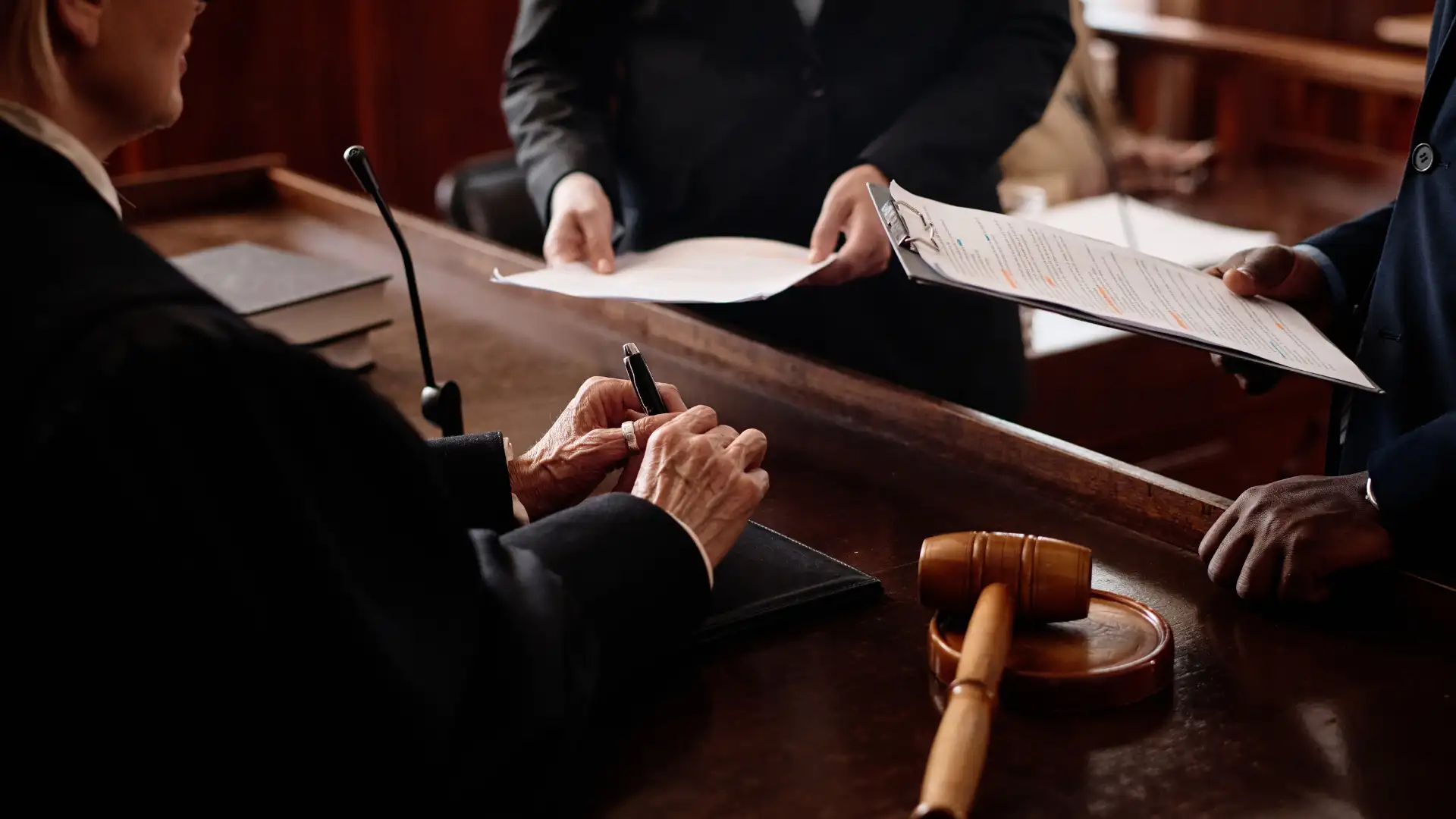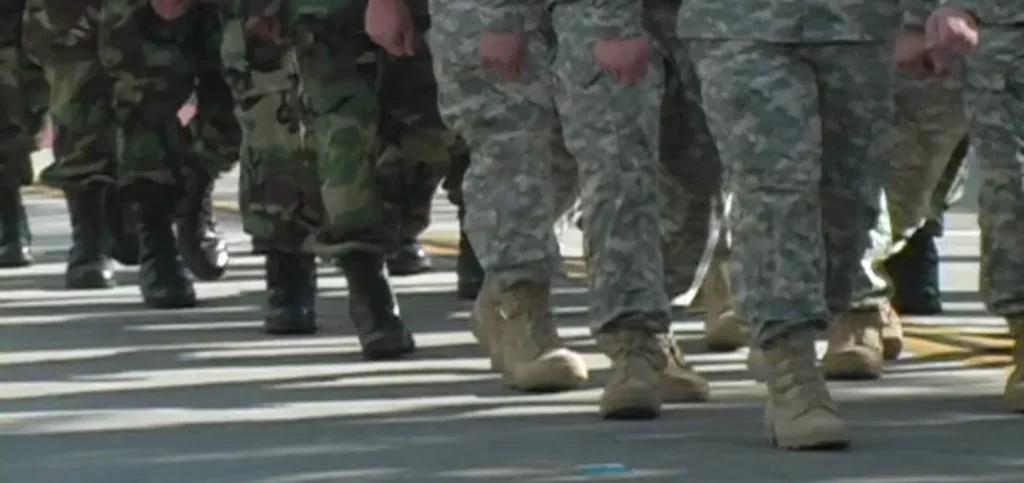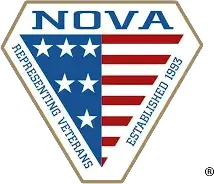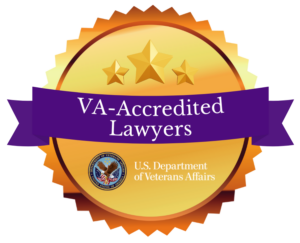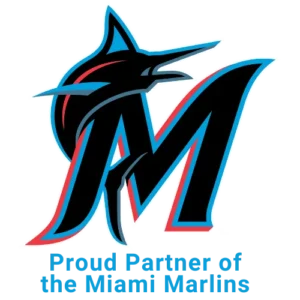Which Laws are protecting veterans with service connected disabilities
In this post, we’ll explain the three requirements for a veteran to be compensated for a service-connected disability. In short, to be compensated for a service-connected disability, a veteran must have a current disability caused by an in-service disease, injury, or event. The VA breaks the evidence required to prove this into a three-part test. Think of it as a checklist. To receive monthly compensation, a veteran must have:
- A current disability;
- An in-service disease, injury, or event; and
- A connection between the current disability and the in-service disease, injury, or event
We’ll discuss each service connected disabilities point individually below, but first let’s talk about who, the veteran or the VA, is required to assemble this evidence.
The VA Has A Duty To Assist The Veteran Compile Evidence
The veteran isn’t required to provide all of the evidence needed to prove each point. Congress passed a law that requires the VA to assist a veteran by both notifying the veteran of the information required to prove a claim and by helping the veteran obtain the evidence necessary to prove the claim. This includes gathering a veteran’s military and private treatment records. It also requires that the VA provide a medical examination or obtain a medical opinion if one is needed to decide the claim.
To trigger the VA’s “duty to assist,” the veteran has to provide some minimal evidence to establish their claim. The veteran’s initial claim should, at the least, include a statement which explains in detail the current disability and the in-service disease, injury or event which the veteran believes caused it. The veteran should also list all medical facilities (military, VA, or private) where the veteran received treatment for the disability. The VA is then required to reach out to those facilities and gather the records.
Two Types Of Evidence: “Lay” And “Medical”
The VA defines “lay evidence” as “any evidence not requiring that the proponent have specialized education, training, or experience. Lay evidence is competent if it is provided by a person who has knowledge of facts or circumstances and conveys matters that can be observed and described by a lay person.” Basically, when it comes to VA claims, lay evidence is anything that doesn’t require a medical degree to diagnose.
Examples of lay evidence are:
- A statement from the veteran describing the following:
An in-service injury. Give detail and answer the 5 W’s as best you can. For example, “While assigned to the 1-503, 173rd ABCT in September 2018, our unit participated in a training exercise called Saber Junction. During a jump my equipment did not drop properly and I landed on my rifle which jabbed me on my left side.”
Symptoms of an illness or injury. For example, “In my second week of ranger school, my right ankle turned red and swelled to approximately twice its normal size. It was a dull pain which turned sharp when I put weight on it.”
An event. For example, “During a rotation at JRTC, my senior NCO sexually assaulted me.”
- A statement from a buddy, family member, chaplain, or other individual. For example, in a claim for sleep apnea, your buddy or family member who heard you snoring, choking, or gasping for air at night while you slept.
Evidence of a Current Connected Disability
A veteran must have a current disability. So, if you broke your ankle in service but it completely healed, that veteran isn’t eligible for compensation. Similarly, if you were exposed to toxins or burn pits but don’t have a current disability, no compensation is available for that, either.
In most cases, a medical diagnosis is the evidence required to prove a current disability. We recommend that the veteran submit his/her own diagnosis from their doctor. This isn’t required, though. As long as the veteran submits a statement about the recurrent and persistent symptoms of the current disability, along with a statement about the in-service event, injury, or disease that caused the current disability, the VA will arrange a medical exam.
Evidence of an In-Service Disease, Injury or Event
Lay or medical evidence is required which shows an in-service disease, injury or event occurred. The type of evidence (lay or medical) depends on the disability claimed. A veteran seeking compensation for PTSD should provide lay evidence of the traumatic event and medical records (if any) of any in-service treatment for a mental condition. A veteran seeking compensation for arthritis caused by an ankle fracture should provide evidence of an in-service ankle injury.
This evidence will most often be found in a veteran’s service record. For example, the service treatment record should document the ankle fracture. An award citation may contain details of the traumatic event. Sometimes, however, service records no longer exist or they don’t have any record of the event. Events related to a Military Sexual Trauma (“MST”) often go unreported and there is no evidence of it in the service record. In cases where the service record does not exist, or the service record contains no evidence of the in-service disease, injury, or event, the veteran should submit as detailed a statement as possible. The veteran should also find other evidence to support their recollection. This is where buddy statements are particularly useful, as they support the veteran’s recollection of the event. There are also special rules for combat veterans. The VA recognizes that record keeping may be deficient in combat situations. Thus, if a veteran states he/she suffered an injury or stressor event during combat, generally the VA must accept that statement as proof the event actually occurred.
Pro Tip: A combination of both types of evidence is best. Even if you have medical evidence of an in-service injury or disease, submit a detailed statement to give that evidence some context.
Evidence That Connects The Two
Lastly, there must be evidence which demonstrates a connection between the current disability and the in-service disease, injury, or event. This requirement is often overlooked but is a common reason the VA denies a claim.
There are several ways in which a current disability can be connected to a veteran’s service:
- Direct. There is evidence of a direct causal link between the current disability and some in-service disease, event, or injury. For instance, a doctor’s opinion that the veteran’s arthritis is the direct result of an injury sustained in service.
- Aggravation. A veteran had a condition which preexisted service, but the condition was aggravated or became worse during service.
- Presumption. The VA presumes the current disability was caused by an in-service event. In this case, no evidence is necessary to prove this third point.
- Secondary. The current disability is not caused by an in-service disease, injury, or event, but is caused by some other service-connected disability.
The VA often denies claims because the veteran’s service treatment records and discharge examination are negative for complaints or symptoms of the disability. This is incorrect. As long as there is medical evidence that the current disability was caused by an in-service disease, event, or injury, this requirement is satisfied.
Pro Tip: File an “intent to file” using the instructions here. This preserves the effective date, but gives the veteran a year to complete the application. Use that year to compile this evidence. Gather private and military medical records. Compile evidence that supports the veteran’s story of the in-service injury or event. If the veteran isn’t doing so already, seek treatment for and a medical diagnosis of the disability. Explain to your doctor the history of the illness and the in-service disease, injury, or event. Ask your doctor if they will write an opinion connecting the two. Submit medical evidence of your current disability with your claim.








